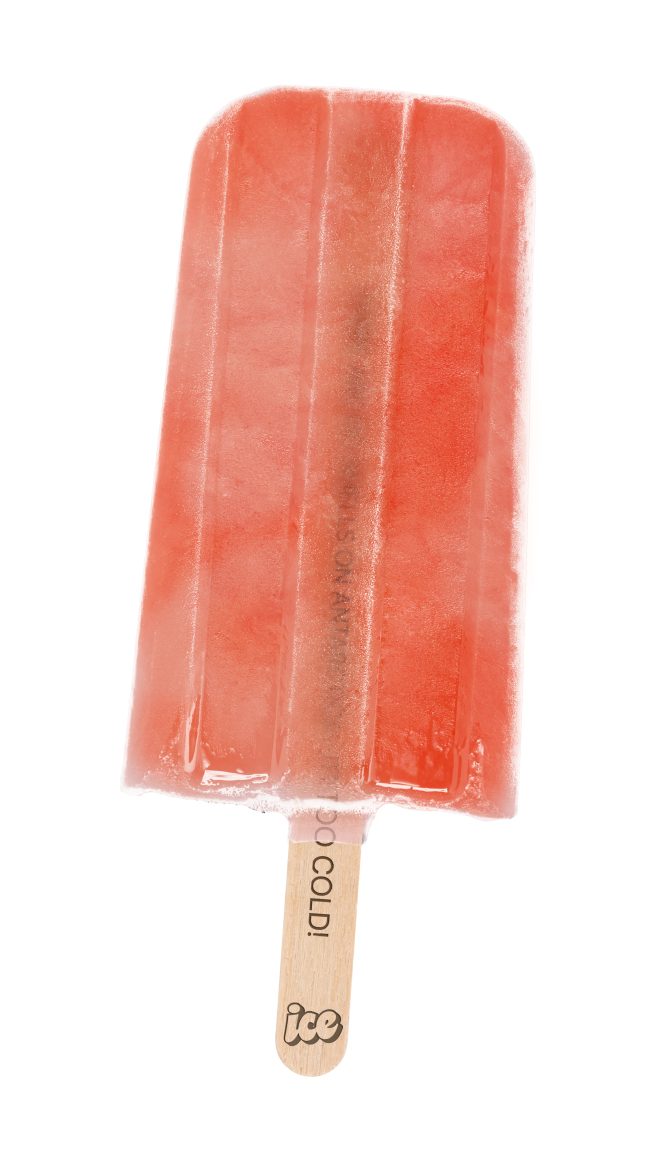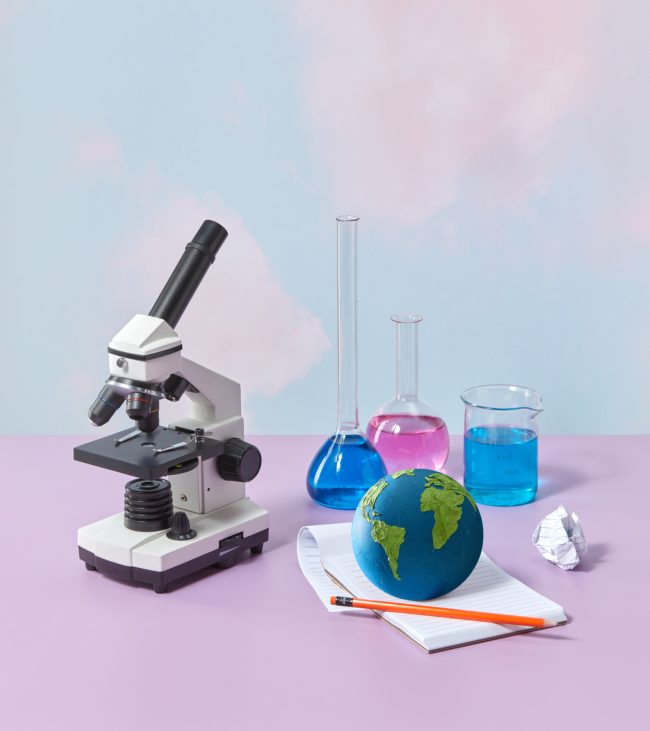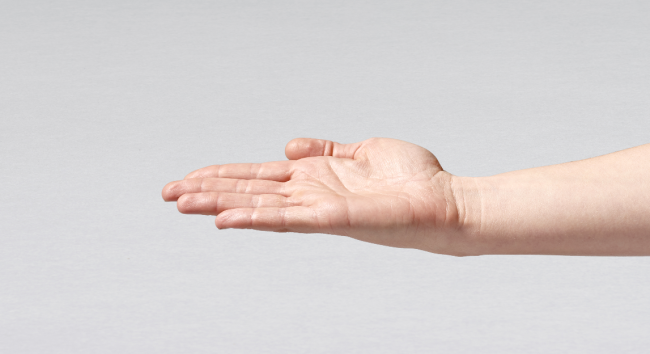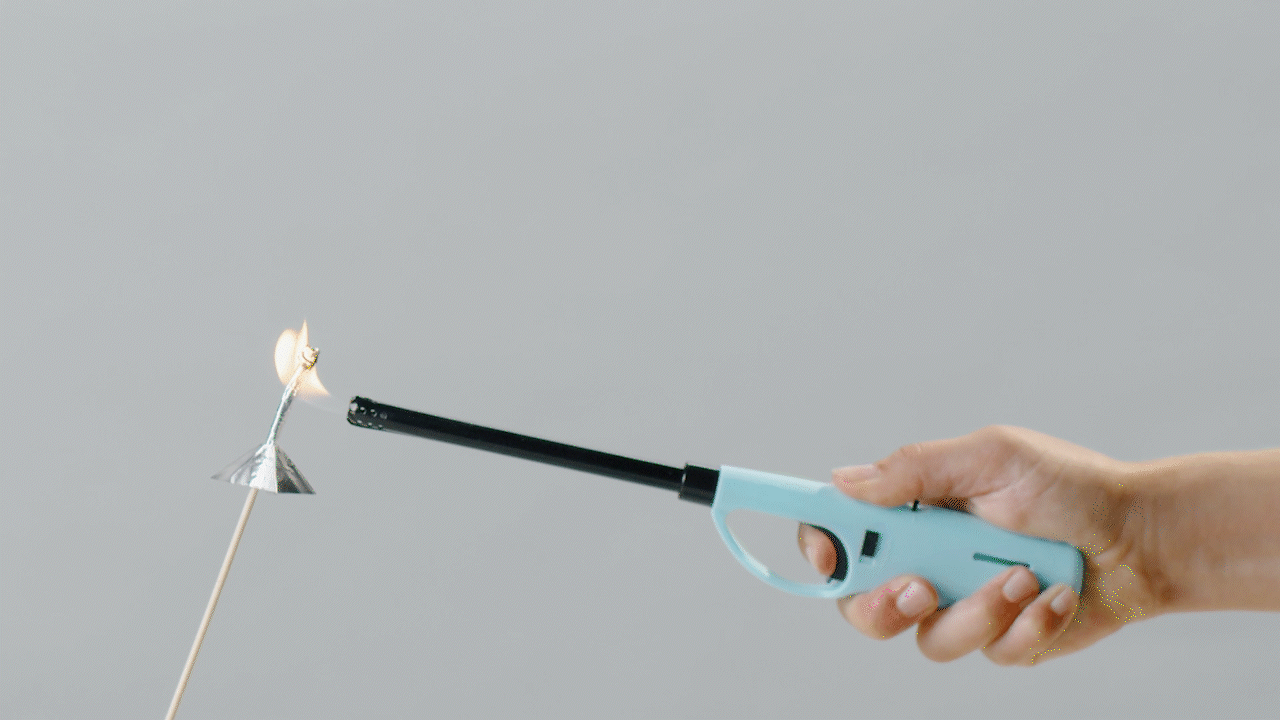You scream, I scream, we all scream… for ice cream!
But we do not scream for the type of ice that comes without the cream: unfortunately, nobody seems to be crying their lungs out for Antarctic ice, which is the only thing between us and a staggering 58-meter sea level rise.
The science is clear: Antarctic ice is melting faster than ever. Leading to many problems, like humanity losing its coastal areas, deep ocean currents losing speed, and on an animal level, Antarctic wildlife such as penguins and seals losing important breeding sites. Action is needed. But how to break the ice for a problem that appears to be way too huge to solve? How do we get people to talk about and ultimately solve the matter of our melting ice?

Welcome to the ice™ shop
The ice shop uses the visual language and form of a very-much-loved type of ice (that comes on a stick), to talk about a very-much-ignored type of ice (that’s melting at the poles). The ice shop applies a capitalistic approach to solving the climate crisis, using things like packaging and advertising to show scientific facts. Besides, turning the climate problem of sea level rise into a product, makes the problem more tangible.
The ice shop opened its doors during Dutch Design Week 2024 and was present on several events.


About the project
In this project I collaborated with scientist Roderik van der Wal from Utrecht University, who specializes in sea level rise and melt dynamics of the Antarctic ice sheet. Over a process of several months I dove into his expertise, learning and reading about melt dynamics of the Antarctic, IPCC reports and cryoscience communities. I found out that Roderik is very good at understanding problems, but not trained in thinking towards possible solutions. Jokingly, we decided that we would use this collaboration as an attempt to solve the climate crisis, instead of ‘only’ creating more awareness.

About the idea
We thought of different ways how to stop the ice from melting, until one day we swapped our thoughts, thinking: what if we simply re-freeze everything that is melting? An idea was born: we were going to freeze sea level rise, literally.
After calculating the amount of space and energy to re-freeze sea level rise, we found out that our idea need funding—Millions, if not more. We had a think again, and decided that instead of finding funding ‘for the greater good’, our success might be bigger when our ice was profitable, and loveable. The solution (again) seemed simple: by placing the re-frozen sea level rise on a stick, we would turn our melted and ‘ignored’ type of ice, into a very-much-loved type of ice. Because everybody loves ice cream!


Pumping sea level rise
To get our hands on sea level rise, we collaborated with SeaWater, a company that filters seawater so it can be consumed. We went to visit their plant, pumped up quite some liters of water, cleaned it, and brought it to make ice out of it.




Flavouring seawater
As we want to tell different aspects of the melting of ice, we introduced different flavours of ice. For this, we collaborated with Searoop, a Dutch syrup made from ingredients that grow along the coast. All ice is made with 100% seawater and a splash of Searoop. The ice comes in six different flavours.

2-degree ice-tea
(tea, lemon leaf, mint)
The 2 degrees global warming that’s often discussed is actually an average temperature. For example, around the equator it’s warming less. Areas further away from the equator, like Antarctica, warm up—roughly 3 times— the rate of the global average. So a relatively small rise in global temperature, will have a larger effect on the poles. And those are exactly the places where all the ice is stored. And what happens when you heat up ice? Exactly…

Blue is the warmest color
(Rhubarb, seafennel, seaweed, coloring)
The deep blue color of this ice™ pop reflects a crucial climate concept. Unlike land ice (which sits on solid ground and contributes to sea level rise when it melts) sea ice floats on the ocean. Melting sea ice is like an ice cube in your drink—the melting ice simply can’t overflow the glass. So no worries, right? Wrong! Because an icy, white surface reflects 90% of incoming sunlight, while the (actually very dark!) blue ocean surface absorbs 90% of it. Increasing global warming… Not cool!

Polar berry
(Strawberry, raspberry, cherry sticks)
Antarctica is one of the few places on Earth humans are a rare sight, which is probably the reason Antarctica is the world’s largest nature reserve. Here you’ll find 20 million penguins, five species of seals, countless birds, hardy invertebrates, and super resilient plants thriving on the ‘minus 40 Celsius continent’. And even below sea level there’s life, like icefish producing their own antifreeze!

Ice sage
(Sea buckthorn, (t)hawthorn, sage)
Antarctica is not only the windiest continent, officially it’s a desert. Even in the Sahara, it rains more often. With such a tiny amount of snow falling on the continent, it took the ice sheets— in some places up to four kilometres thick—over 45 million years to form. Quite a wait, especially compared to the speed they are now melting.— So, let’s heat up climate-conversations, not ice caps!

Doomsday delight
(Elderflower, violet, poppy)
The infamous West Antarctic ‘Doomsday Glacier’ is the world’s widest glacier. The one thing keeping it from flowing directly into the ocean is a 200-meter-thick floating ice ‘dam’. When this dam melts, first the glacier but ultimately the entire West Antarctic ice follows ‘down the drain’. Now, with ocean temperatures rising, these dams are disappearing faster each year. Even if we stop emitting greenhouse gases today, the melt will probably continue, leading up to a stunning 15 meters sea level rise by 2300. Are we doomed?

Just ice
No flavour (just seawater, sea salt)
Around half of sea level rise is caused by the melting of ice, and the other half by water becoming ‘bigger’. Yes, you read that right! When water warms, it grows in size. For every extra degree Celsius, water expands by 0.00021%. Sounds like a little, actually it is a lot. Because when the ocean (and its average depth of 4 km) rises 2 degrees in temperature, sea level rises almost 2 meters. Bye bye, beach life!
Hungry for more?
I like to give talks about this project! Get in touch for more information.
Project credits
Project: Collaborations for Future, initiated by Foundation we Are
Exposition at: Dutch Design Week, official link to website
Concept: Merel Witteman
Scientist: Roderik van der Wal, professor sea level rise at Utrecht University
Copy: thanks for the help, Rufus Ketting!






